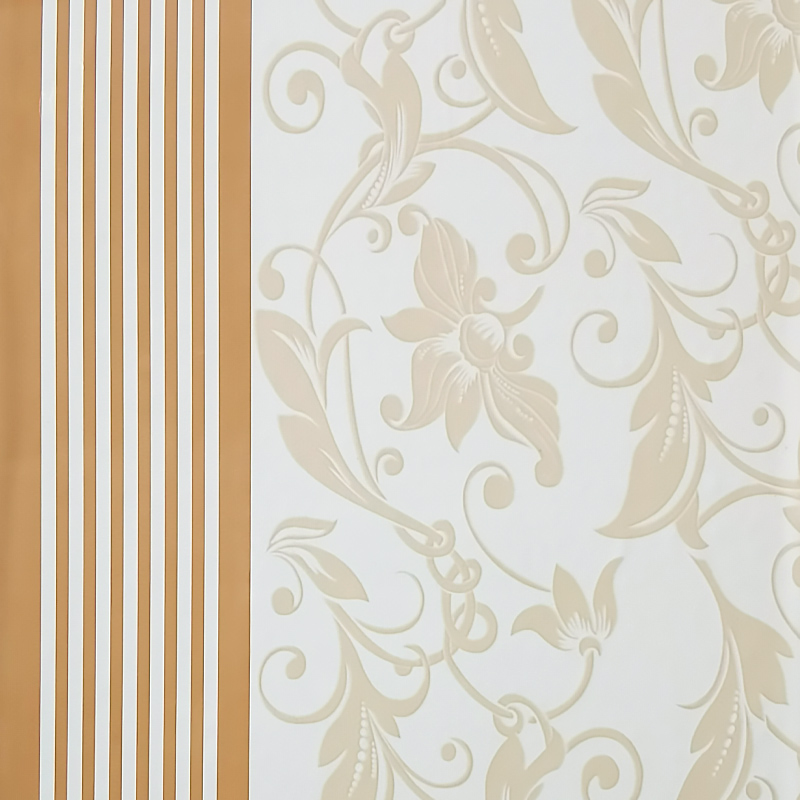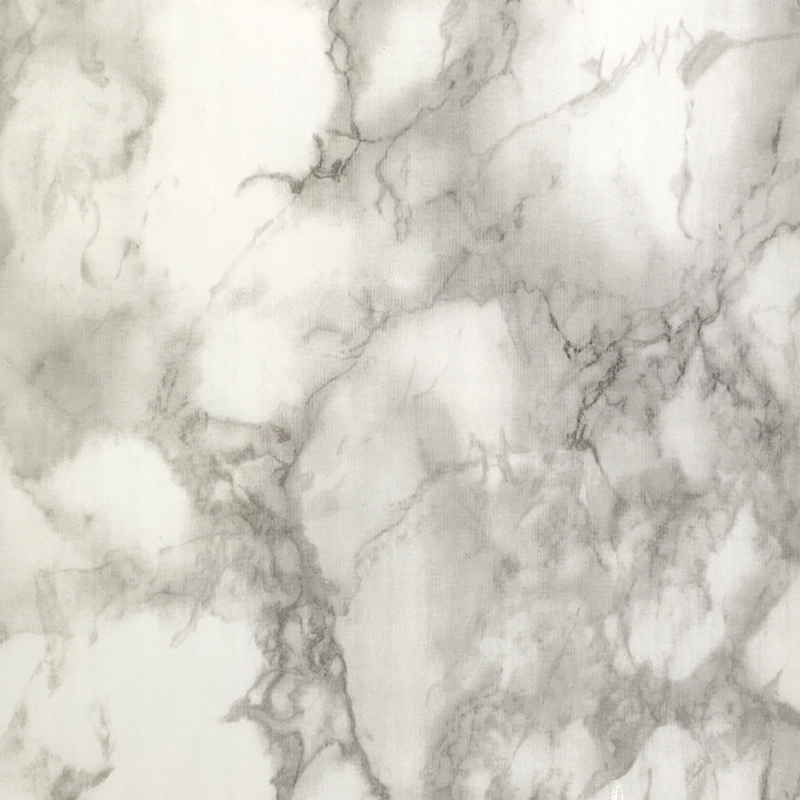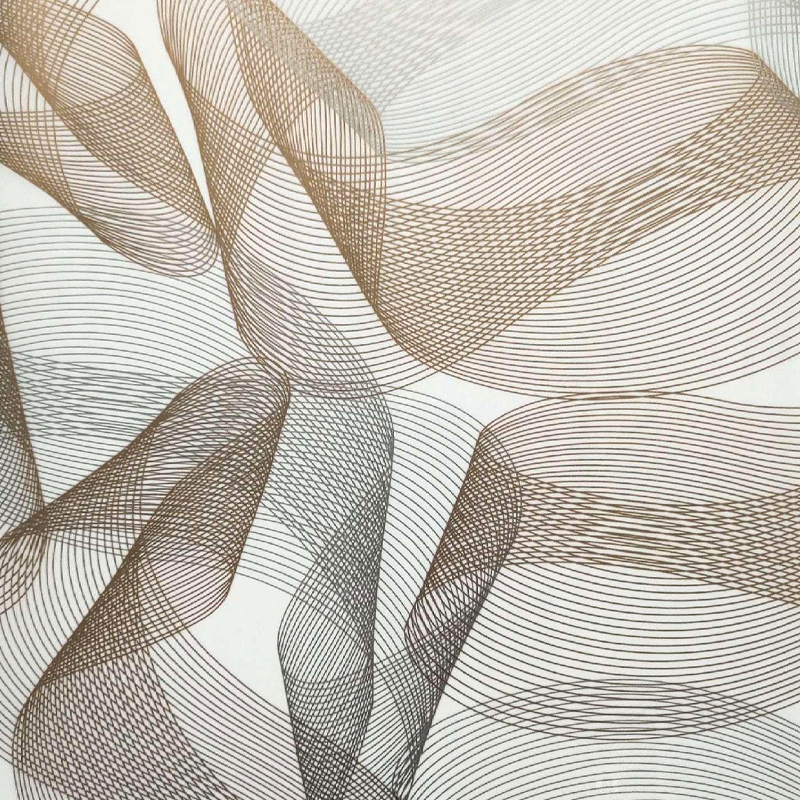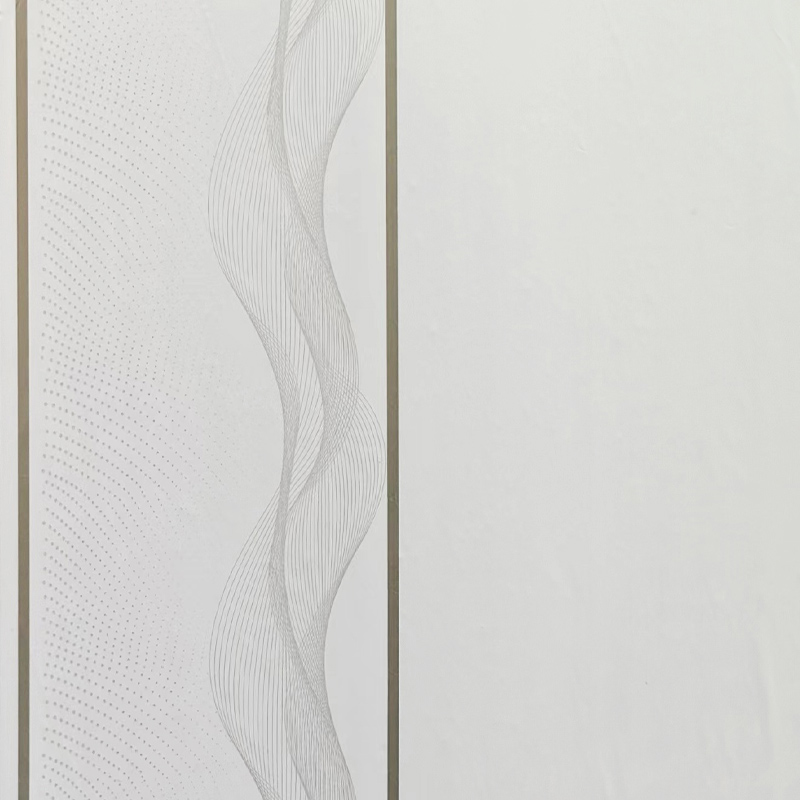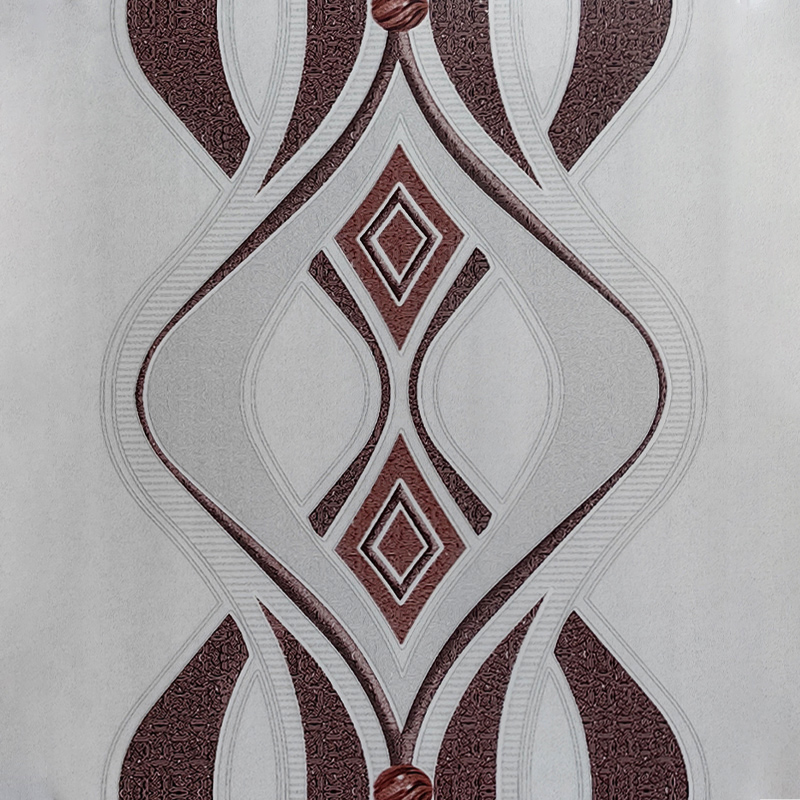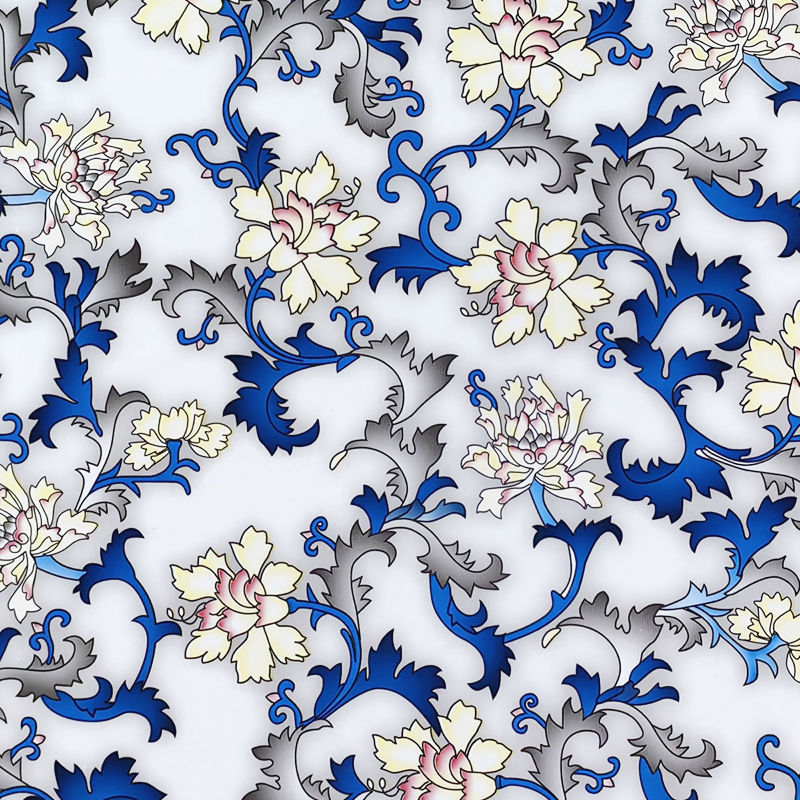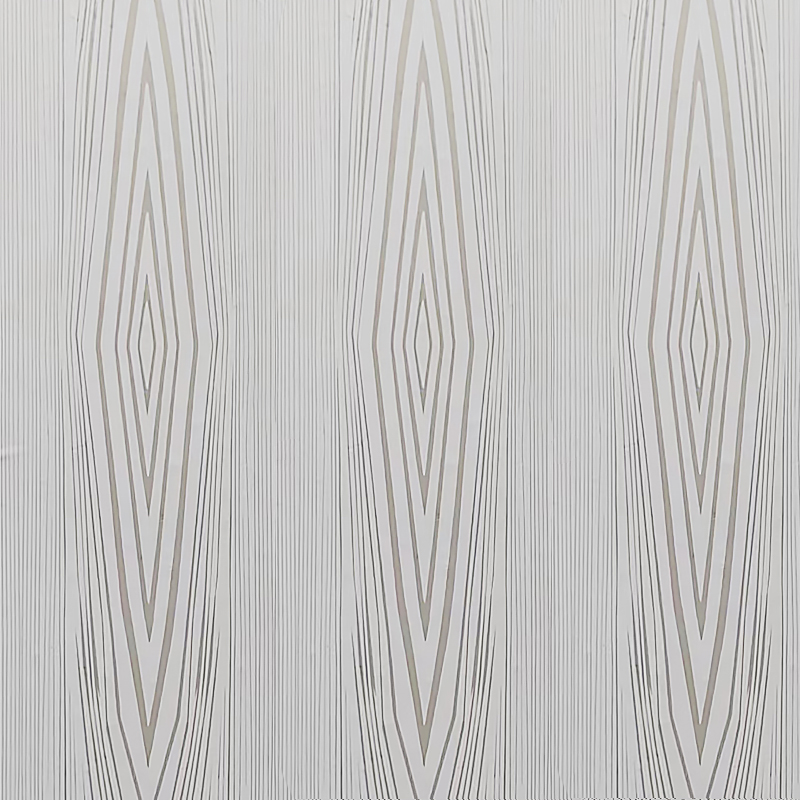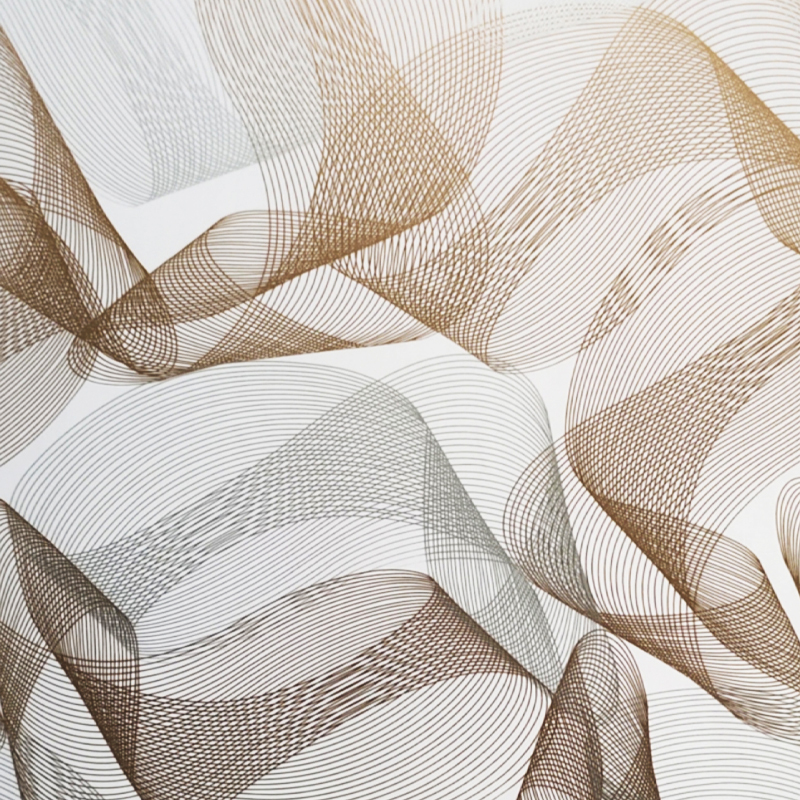Ordinary Hot Stamping Foils: A Versatile Decorative Material
Ordinary hot stamping foils are widely used in the field of surface decoration, endowing various products with a beautiful and high - end appearance.
Composition and Structure
Hot stamping foil is a thin - film material, usually composed of three layers. The outermost layer is a waste carrier layer, which is mainly used to support the foil during the stamping process and is removed after the stamping is completed. The middle layer is the key decorative layer, which can be a metallic aluminum layer, giving the foil a metallic luster, or a pigmented color layer, providing a variety of color options. The innermost layer is the adhesive layer, which plays a crucial role in transferring the foil to the substrate. When heated and pressed, the adhesive layer melts, allowing the decorative layer to be firmly bonded to the surface of the substrate.
Types and Colors
There is a rich variety of ordinary hot stamping foils. Metallic foils are very common, among which gold and silver foils are the most classic ones. They can add a sense of luxury and elegance to products, and are widely used in the packaging of high - end products, such as luxury cosmetics and high - grade wine. In addition, there are also copper - colored foils, which can present a warm and retro feeling.
In addition to metallic foils, there are also non - metallic pigmented foils. These foils can provide a matte or glossy non - metallic finish, and their colors are extremely rich, including common colors such as red, blue, green, black, and white, as well as some special - effect colors. For example, some fluorescent - colored foils can make products more eye - catching under certain lighting conditions.
Application Scenarios
Hot stamping foils have a wide range of application scenarios. In the packaging industry, they are often used for the decoration of product packaging boxes, such as the logos, patterns, and text on the packaging of mobile phones, perfumes, and jewelry, which can enhance the product's grade and visual appeal. In the printing industry, hot stamping foils are used for the decoration of books, magazines, and greeting cards. The hot - stamped title and pattern on the book cover can make the book more attractive. It is also widely used in the leather and textile industries. For example, hot - stamping some patterns or brand logos on leather bags and clothing can increase their fashion sense and brand recognition.
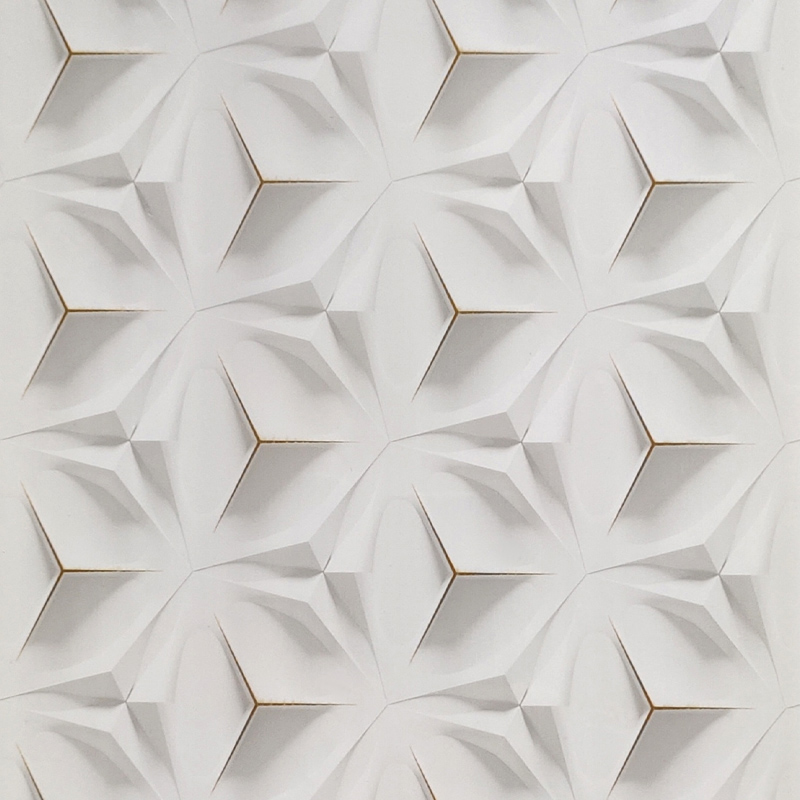
Stamping Process
The stamping process of hot stamping foils is relatively complex and requires precise control of temperature, pressure, and time. First, the hot stamping foil is placed on the surface of the substrate to be stamped, and then a stamping die (plate) is used. Under the action of heat and pressure, the adhesive layer of the hot stamping foil melts, and the decorative layer is transferred to the substrate. If the temperature is too high, the decorative layer of the hot stamping foil may change color or be damaged; if the temperature is too low, the adhesive layer will not melt well, resulting in poor bonding. Similarly, inappropriate pressure and time will also affect the stamping effect. Generally, the hot - stamping time is about 1 - 3 seconds.
Environmental - friendliness
In terms of environmental protection, the metal in hot stamping foils is usually aluminum, which is the most abundant element in the earth's crust and has good biocompatibility, being well - tolerated by plants and animals. After the stamping process, there is no non - recyclable polyester transferred to the finished product, so the substrate will not be contaminated. However, it should be noted that the hot stamping foil is produced on a thin polyester layer, and this polyester layer is a waste product, which needs to be properly disposed of by environmentally - friendly foil printers to reduce environmental pollution.
In conclusion, ordinary hot stamping foils, with their diverse types, beautiful appearance, and wide - range of applications, play an important role in the field of surface decoration. With the continuous development of technology, they will continue to be improved and innovated, bringing more beautiful and unique decorative effects to various products.


 English
English русский
русский Español
Español عربى
عربى bahasa Indonesia
bahasa Indonesia
